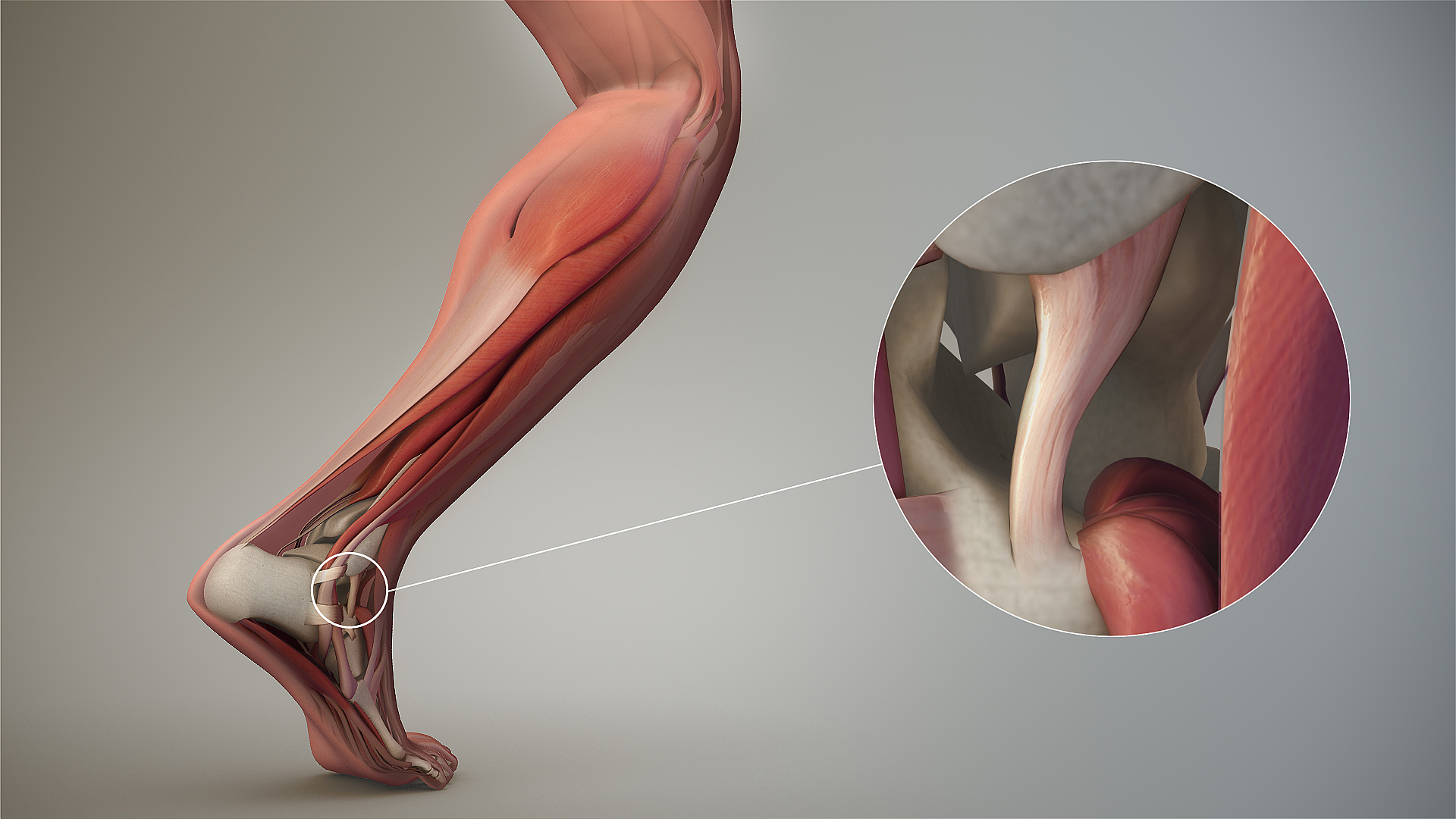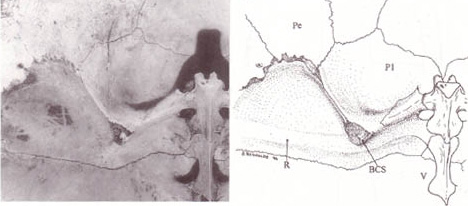|
Cane Turtle
The Cochin forest cane turtle (''Vijayachelys silvatica''), also known as Kavalai forest turtle, forest cane turtle or simply cane turtle, is a rare turtle from the Western Ghats of India. Described in 1912, its type locality is given as "Near Kavalai in the Cochin State Forests, inhabiting dense forest, at an elevation of about 1500 feet above sea level".Henderson (1912) Only two specimens were found at that time, and no scientist saw this turtle for the next 70 years. It was rediscovered in 1982, and since then a number of specimens have been found and some studies have been conducted about its phylogeny and ecology.Praschag et al. (2006) Taxonomy The Cochin forest cane turtle belongs to the subfamily Geoemydinae of the family Geoemydidae, formerly known as Bataguridae. It was once placed in the genus '' Geoemyda'' and subsequently moved to '' Heosemys''. But it was found to be distinctive as a genus and related to '' Melanochelys'' and placed in the monotypic genus, ''V ... [...More Info...] [...Related Items...] OR: [Wikipedia] [Google] [Baidu] |
Turtle
Turtles are reptiles of the order (biology), order Testudines, characterized by a special turtle shell, shell developed mainly from their ribs. Modern turtles are divided into two major groups, the Pleurodira (side necked turtles) and Cryptodira (hidden necked turtles), which differ in the way the head retracts. There are 360 living and recently extinct species of turtles, including land-dwelling tortoises and freshwater terrapins. They are found on most continents, some islands and, in the case of sea turtles, much of the ocean. Like other Amniote, amniotes (reptiles, birds, and mammals) they breathe air and do not lay eggs underwater, although many species live in or around water. Turtle shells are made mostly of bone; the upper part is the domed Turtle shell#Carapace, carapace, while the underside is the flatter plastron or belly-plate. Its outer surface is covered in scale (anatomy), scales made of keratin, the material of hair, horns, and claws. The carapace bones deve ... [...More Info...] [...Related Items...] OR: [Wikipedia] [Google] [Baidu] |
Osteology
Osteology () is the scientific study of bones, practiced by osteologists . A subdiscipline of anatomy, anthropology, archaeology and paleontology, osteology is the detailed study of the structure of bones, skeletal elements, teeth, microbone morphology, function, disease, pathology, the process of ossification from cartilaginous molds, and the resistance and hardness of bones (biophysics). Osteologists frequently work in the public and private sector as consultants for museums, scientists for research laboratories, scientists for medical investigations and/or for companies producing osteological reproductions in an academic context. The role of an osteologist entails understanding the macroscopic and microscopic anatomies of bones for both humans and non-humans (courses in non-human osteology is known as zooarchaeology). Osteology and osteologists should not be confused with the pseudoscientific practice of osteopathy and its practitioners, osteopaths. Methods A typica ... [...More Info...] [...Related Items...] OR: [Wikipedia] [Google] [Baidu] |
Symphysis
A symphysis (, : symphyses) is a fibrocartilaginous fusion between two bones. It is a type of cartilaginous joint, specifically a secondary cartilaginous joint. # A symphysis is an amphiarthrosis, a slightly movable joint. # A growing together of parts or structures. Unlike synchondroses, symphyses are permanent. Examples The more prominent symphyses are: * the pubic symphysis * sacrococcygeal symphysis * intervertebral disc between two vertebrae * in the sternum, between the manubrium and body * mandibular symphysis In human anatomy, the facial skeleton of the skull the external surface of the mandible is marked in the median line by a faint ridge, indicating the mandibular symphysis (Latin: ''symphysis menti'') or line of junction where the two lateral ha ..., in the jaw Symphysis disorders Pubic symphysis diastasis Pubic symphysis diastasis is an extremely rare complication that occurs in women who are giving birth. Separation of the two pubic bones during deli ... [...More Info...] [...Related Items...] OR: [Wikipedia] [Google] [Baidu] |
Mandible
In jawed vertebrates, the mandible (from the Latin ''mandibula'', 'for chewing'), lower jaw, or jawbone is a bone that makes up the lowerand typically more mobilecomponent of the mouth (the upper jaw being known as the maxilla). The jawbone is the skull's only movable, posable bone, sharing Temporomandibular joint, joints with the cranium's temporal bones. The mandible hosts the lower Human tooth, teeth (their depth delineated by the alveolar process). Many muscles attach to the bone, which also hosts nerves (some connecting to the teeth) and blood vessels. Amongst other functions, the jawbone is essential for chewing food. Owing to the Neolithic Revolution, Neolithic advent of agriculture (), human jaws evolved to be Human jaw shrinkage, smaller. Although it is the strongest bone of the facial skeleton, the mandible tends to deform in old age; it is also subject to Mandibular fracture, fracturing. Surgery allows for the removal of jawbone fragments (or its entirety) as well a ... [...More Info...] [...Related Items...] OR: [Wikipedia] [Google] [Baidu] |
Premaxilla
The premaxilla (or praemaxilla) is one of a pair of small cranial bones at the very tip of the upper jaw of many animals, usually, but not always, bearing teeth. In humans, they are fused with the maxilla. The "premaxilla" of therian mammals has been usually termed as the incisive bone. Other terms used for this structure include premaxillary bone or ''os premaxillare'', intermaxillary bone or ''os intermaxillare'', and Goethe's bone. Human anatomy In human anatomy, the premaxilla is referred to as the incisive bone (') and is the part of the maxilla which bears the incisor teeth, and encompasses the anterior nasal spine and alar region. In the nasal cavity, the premaxillary element projects higher than the maxillary element behind. The palatal portion of the premaxilla is a bony plate with a generally transverse orientation. The incisive foramen is bound anteriorly and laterally by the premaxilla and posteriorly by the palatine process of the maxilla. It is formed from ... [...More Info...] [...Related Items...] OR: [Wikipedia] [Google] [Baidu] |
Orbit (anatomy)
In anatomy Anatomy () is the branch of morphology concerned with the study of the internal structure of organisms and their parts. Anatomy is a branch of natural science that deals with the structural organization of living things. It is an old scien ..., the orbit is the Body cavity, cavity or socket/hole of the skull in which the eye and Accessory visual structures, its appendages are situated. "Orbit" can refer to the bony socket, or it can also be used to imply the contents. In the adult human, the volume of the orbit is about , of which the eye occupies . The orbital contents comprise the eye, the Orbital fascia, orbital and retrobulbar fascia, extraocular muscles, cranial nerves optic nerve, II, oculomotor nerve, III, trochlear nerve, IV, trigeminal nerve, V, and abducens nerve, VI, blood vessels, fat, the lacrimal gland with its Lacrimal sac, sac and nasolacrimal duct, duct, the eyelids, Medial palpebral ligament, medial and Lateral palpebral raphe, lateral palpebr ... [...More Info...] [...Related Items...] OR: [Wikipedia] [Google] [Baidu] |
Suture (anatomy)
In anatomy, a suture is a fairly rigid joint between two or more hard elements of an organism, with or without significant overlap of the elements. Sutures are found in the skeletons or exoskeletons of a wide range of animals, in both invertebrates and vertebrates. Sutures are found in animals with hard parts from the Cambrian period to the present day. Sutures were and are formed by several different methods, and they exist between hard parts that are made from several different materials. Vertebrate skeletons The skeletons of vertebrate animals (fish, amphibians, reptiles, birds, and mammals) are made of bone, in which the main rigid ingredient is calcium phosphate. Cranial sutures The skulls of most vertebrates consist of sets of bony plates held together by cranial sutures. These sutures are held together mainly by Sharpey's fibers which grow from each bone into the adjoining one. Sutures in the ankles of land vertebrates In the type of crurotarsal ankle, which is fo ... [...More Info...] [...Related Items...] OR: [Wikipedia] [Google] [Baidu] |
Median (other)
Median may refer to: Mathematics and statistics * Median (statistics), in statistics, a number that separates the lowest- and highest-value halves * Median (geometry), in geometry, a line joining a vertex of a triangle to the midpoint of the opposite side *Median graph, Median (graph theory), a vertex m(a,b,c) that belongs to shortest paths between each pair of a, b, and c * Median algebra, an algebraic triple product generalising the algebraic properties of the majority function * Median graph, undirected graph in which every three vertices a, b, and c have a unique median * Geometric median, a point minimizing the sum of distances to a given set of points People * 9th Wonder production discography#Median_-_The_Sender, Median (rapper), a rapper from the U.S. city of Raleigh, North Carolina Science and technology * Median (biology), an anatomical term of location, meaning at or towards the central plane of a Symmetry in biology, bilaterally symmetrical organism or structure * Me ... [...More Info...] [...Related Items...] OR: [Wikipedia] [Google] [Baidu] |
Ossification
Ossification (also called osteogenesis or bone mineralization) in bone remodeling is the process of laying down new bone material by cells named osteoblasts. It is synonymous with bone tissue formation. There are two processes resulting in the formation of normal, healthy bone tissue: Intramembranous ossification is the direct laying down of bone into the primitive connective tissue ( mesenchyme), while endochondral ossification involves cartilage as a precursor. In fracture healing, endochondral osteogenesis is the most commonly occurring process, for example in fractures of long bones treated by plaster of Paris, whereas fractures treated by open reduction and internal fixation with metal plates, screws, pins, rods and nails may heal by intramembranous osteogenesis. Heterotopic ossification is a process resulting in the formation of bone tissue that is often atypical, at an extraskeletal location. Calcification is often confused with ossification. Calcificatio ... [...More Info...] [...Related Items...] OR: [Wikipedia] [Google] [Baidu] |
Ligament
A ligament is a type of fibrous connective tissue in the body that connects bones to other bones. It also connects flight feathers to bones, in dinosaurs and birds. All 30,000 species of amniotes (land animals with internal bones) have ligaments. It is also known as ''articular ligament'', ''articular larua'', ''fibrous ligament'', or ''true ligament''. Comparative anatomy Ligaments are similar to tendons and fasciae as they are all made of connective tissue. The differences among them are in the connections that they make: ligaments connect one bone to another bone, tendons connect muscle to bone, and fasciae connect muscles to other muscles. These are all found in the skeletal system of the human body. Ligaments cannot usually be regenerated naturally; however, there are periodontal ligament stem cells located near the periodontal ligament which are involved in the adult regeneration of periodontist ligament. The study of ligaments is known as . Humans Other ligame ... [...More Info...] [...Related Items...] OR: [Wikipedia] [Google] [Baidu] |
Plastron
The turtle shell is a shield for the ventral and dorsal parts of turtles (the Order (biology), order Testudines), completely enclosing all the turtle's vital organs and in some cases even the head. It is constructed of modified bony elements such as the ribs, parts of the pelvis and other bones found in most reptiles. The bone of the shell consists of both skeletal and dermal bone, showing that the complete enclosure of the shell likely evolved by including dermal armor into the rib cage. The turtle's shell is an important study, not just because of the apparent protection it provides for the animal but also as an identification tool, in particular with fossils, as the shell is one of the likely parts of a turtle to survive fossilization. Hence understanding the shell structure in living species provides comparable material with fossils. The shell of the hawksbill turtle, among other species, has been used as a material for a wide range of small decorative and practical items sin ... [...More Info...] [...Related Items...] OR: [Wikipedia] [Google] [Baidu] |






